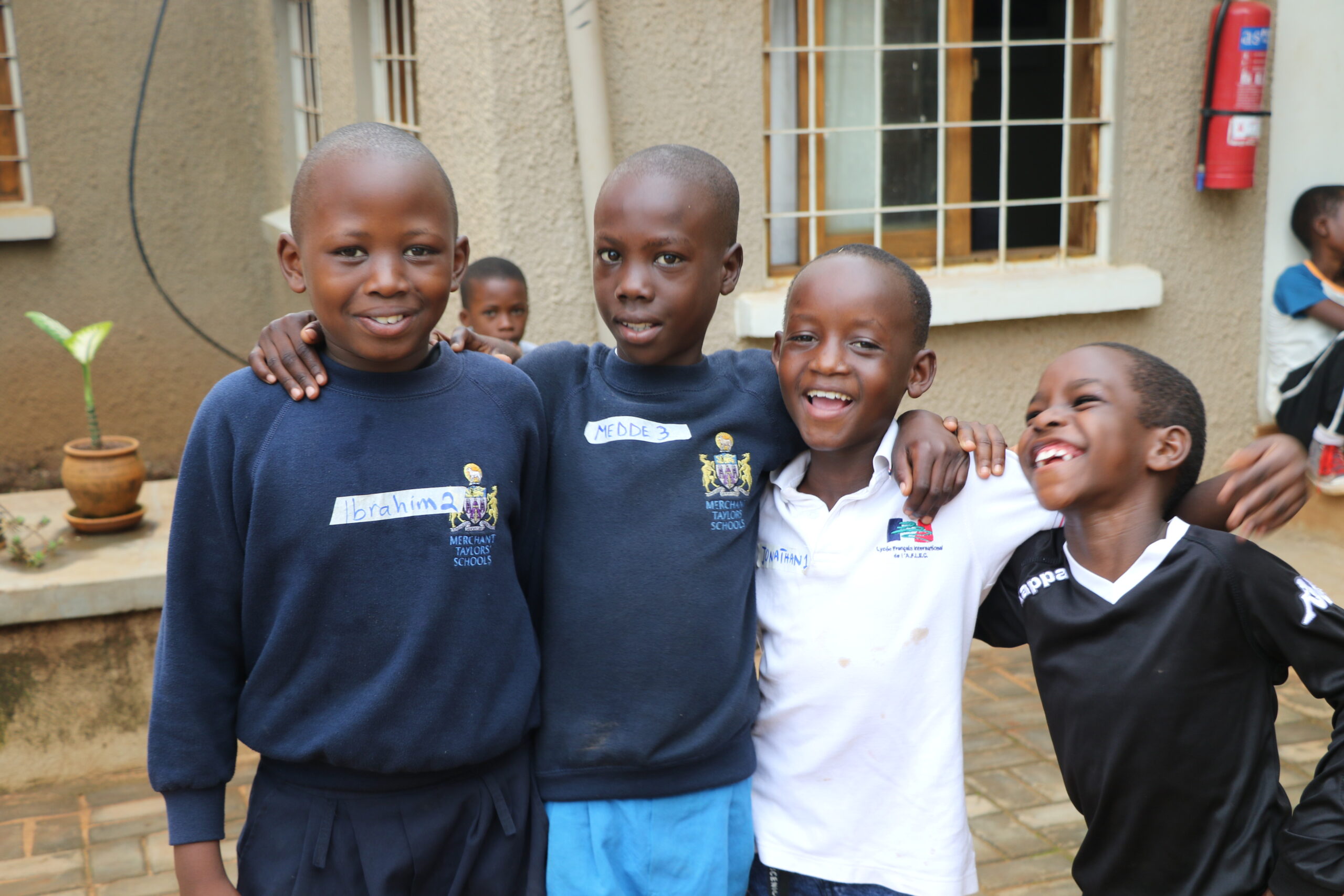Introduction
The Kumon Institute of Education Licensing Business Promotion Department aims to deliver the Kumon learning method to a wide range of people and contribute to solving social issues through collaboration with a variety of partners, including companies, foundations, NGOs and local governments. We hope that the expertise and resources of the Kumon Group will be leveraged by our partners in their social contribution initiatives to bring the joy of learning throughout life to everyone, from children to the elderly.
Ashinaga Ikueikai’s initiatives and trigger for collaboration
Ashinaga Ikueikai is a general incorporated foundation that provides scholarships, educational support, and emotional support to children who have lost their parent(s) due to illness or disaster, as well as children whose parent(s) are unable to work due to disabilities. While offering unique educational support to elementary and lower secondary school students through the Learning Support Program (LSP), Ashinaga recognized the importance of developing basic academic skills from elementary and lower secondary school age to bridge the educational gap, and their interest in the Kumon method of learning triggered collaboration between our organizations. Ashinaga and Kumon have worked together since 2022 to support orphaned children in Japan through the learning support program, and in 2023, began providing educational support in Uganda, Africa.
Support activities at Ashinaga Uganda Rainbow House
Ashinaga Uganda Rainbow House provides mental care for orphaned children from elementary to secondary school age, and runs a Terakoya* Literacy Program which offers basic educational support for orphaned children who cannot attend public elementary schools. The program aims to maintain and improve the children’s basic academic skills and help them reintegrate into public elementary schools from grade 6, and complete primary education and advance to secondary education. Approximately 100 children from grades 1 to 5 currently participate in the program.
*Terakoya, or Japanese temple schools, were private educational institutions that taught reading, writing and calculations to the children of commoners during the Edo period (1603-1868).This collaboration between Kumon and Ashinaga involves introducing the Kumon learning method using tablets as part of the Terakoya Program. Starting in 2023, around 40 students in grades 4 and 5 have participated in these lessons three times a week. From 2024, the target grades will be expanded to provide learning during the long school breaks to 6th grade students who graduated from the Terakoya Program in the previous year, with the aim of maintaining and enhancing their academic skills and motivation.
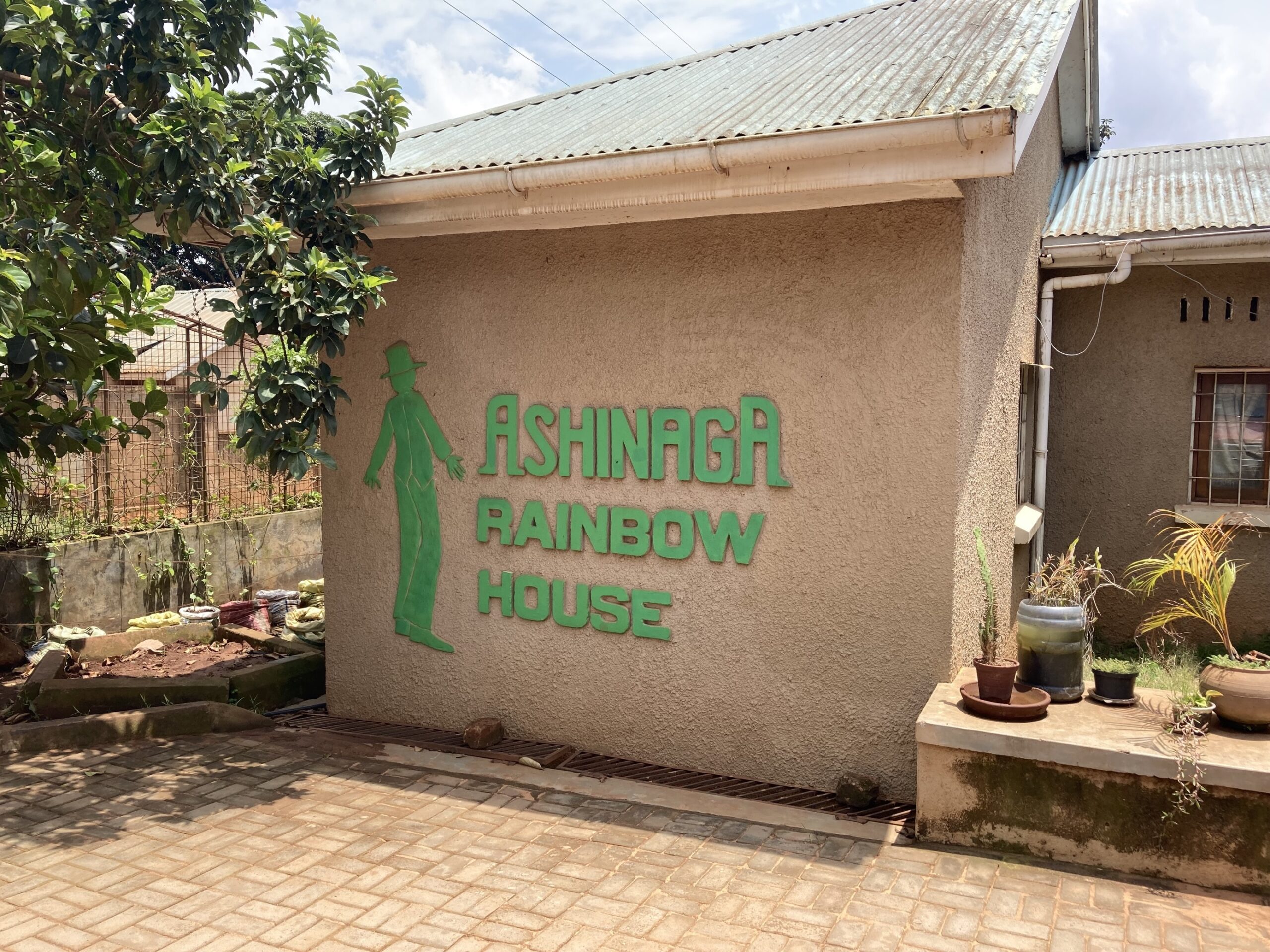
Ashinaga overseas training program students establish teaching management system
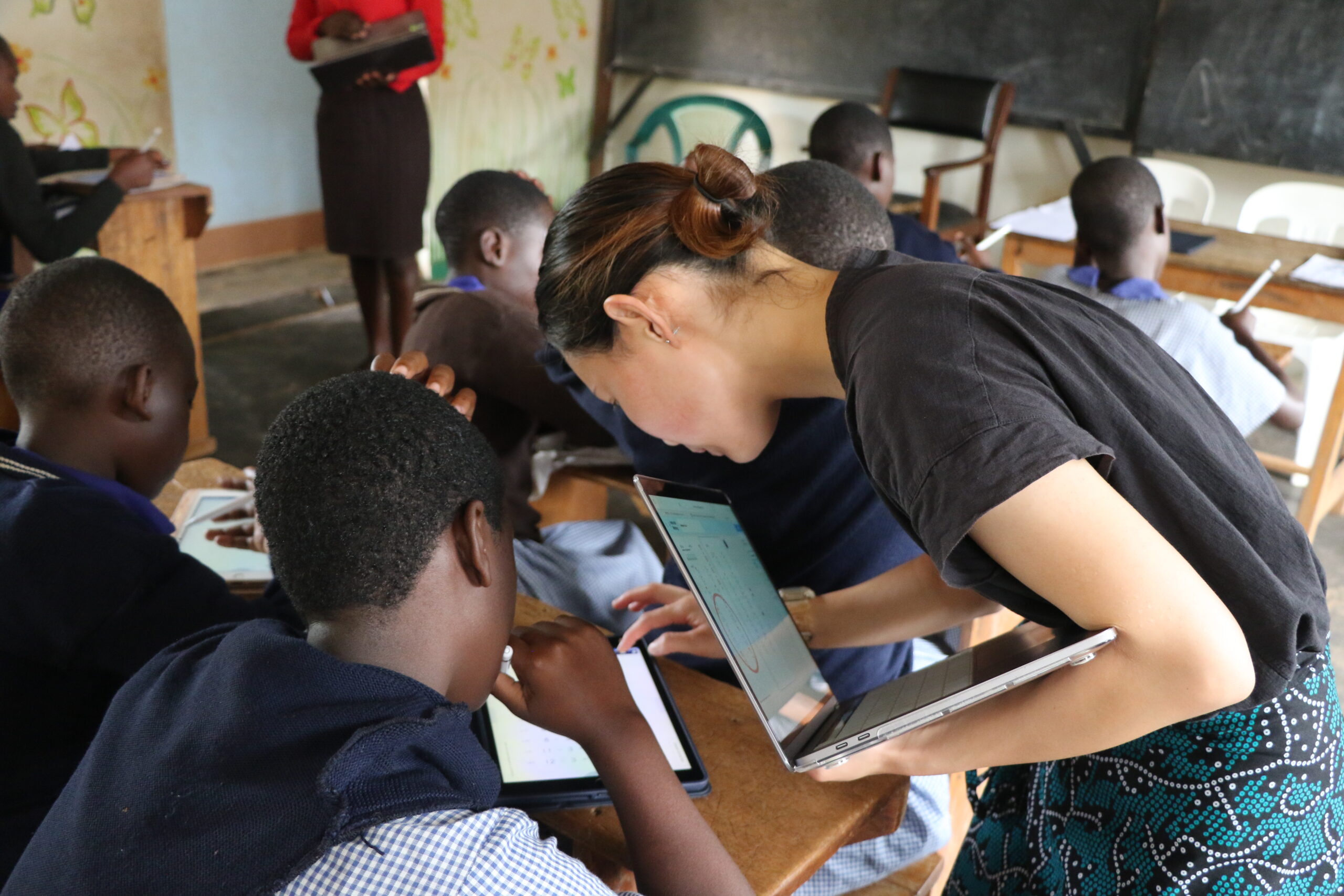
Voices of the Terakoya teachers and children at Ashinaga Uganda Rainbow House
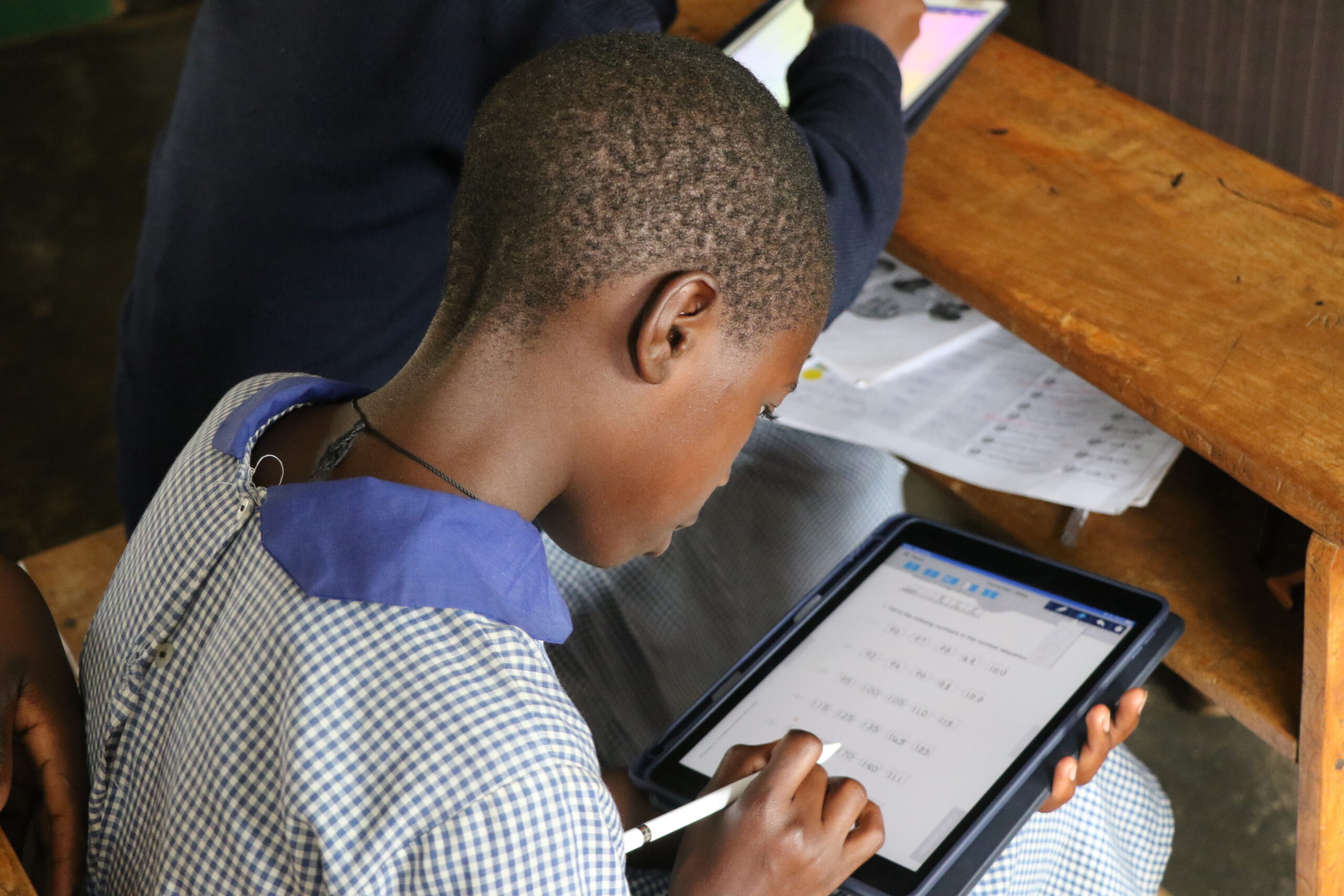
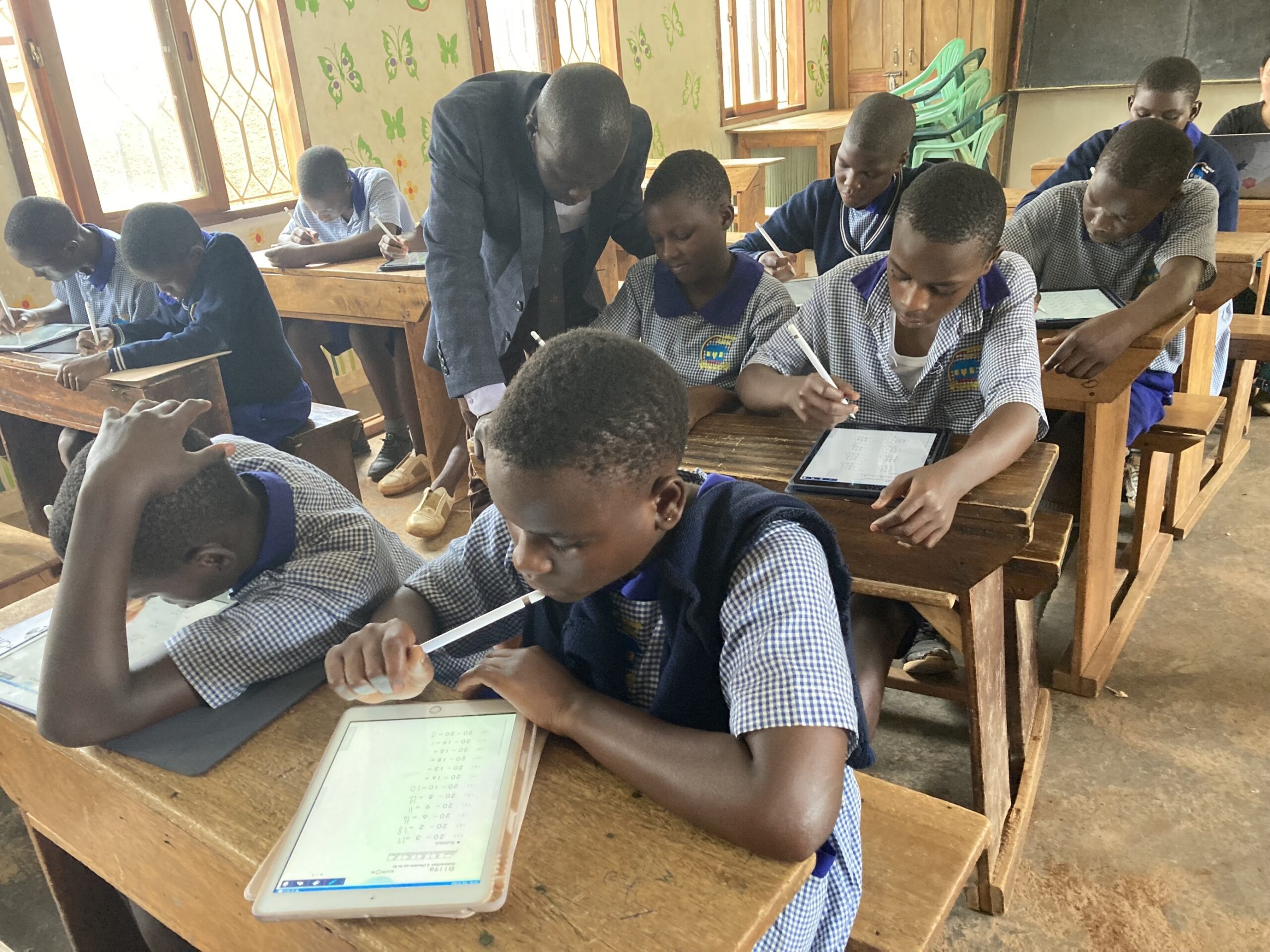
Working together to change the future for children around the world
An Ashinaga representative shared these encouraging words:
”The children are not only acquiring calculation skills; they are also learning the importance of time management in their daily lives and of keeping their learning environment tidy. They are developing problem-solving skills and a willingness to take on challenges, and gaining confidence. I am so excited to see these changes in the children. Additionally, for me as a representative of Ashinaga, hearing comments like, ‘Thanks to Kumon, math is no longer something I can’t do,’ is very rewarding.”
Lastly, I would like to share two outcomes that we have accomplished through this collaboration with Ashinaga.
Firstly, when organizations with different strengths work together with shared values toward a common goal, they can create new value. By combining Ashinaga’s network and expertise in supporting orphaned children that it has cultivated both in Japan and internationally with the Kumon method of enhancing basic academic skills on an individual basis, regardless of starting point, we have been able to provide learning opportunities to people who were previously out of reach. This is something we could not have achieved on our own. It is through partnerships with organizations with various social strengths that we can explore new possibilities for Kumon to contribute to solving social issues.
And secondly, the presence of students who are passionate about contributing to society can have a significant impact on those they interact with, regardless of country, organization, or position. The students on the Ashinaga overseas training program who were involved in the introduction of this program were completely new to the Kumon method, but they persisted even in difficult situations, and dedicated themselves to helping both the children and teachers. Even now, the children clearly remember what the students said to them, evidence of the impact of their presence. For the students too, being involved in the change and growth of the children and teachers through their support for the Kumon method led to a great sense of accomplishment. This experience has remained strong within them even after their return to Japan, providing them with significant confidence as they consider their future career paths.
Going forward, we will continue to work closely with Ashinaga while applying the lessons learned from this partnership to help and support even more children.
